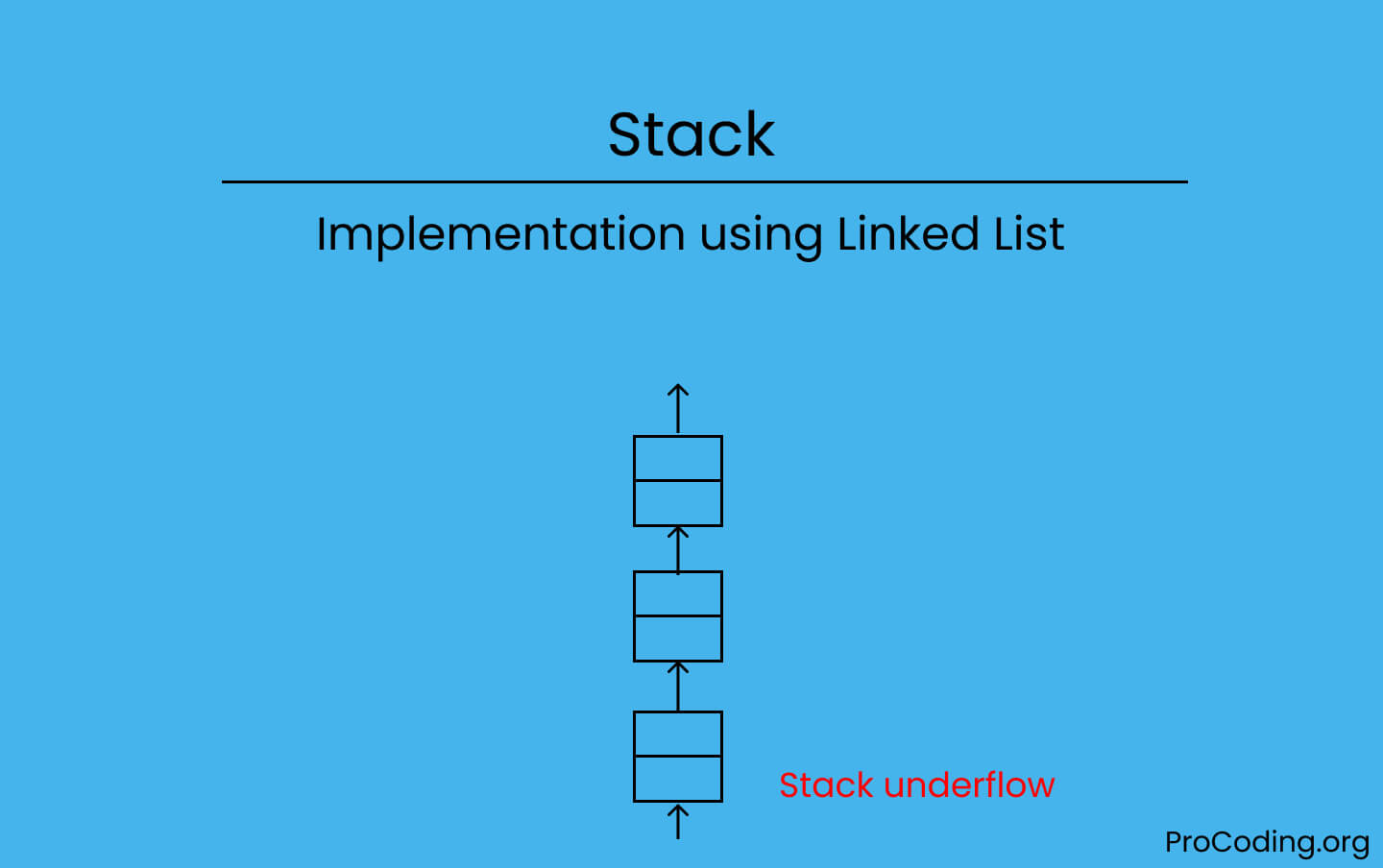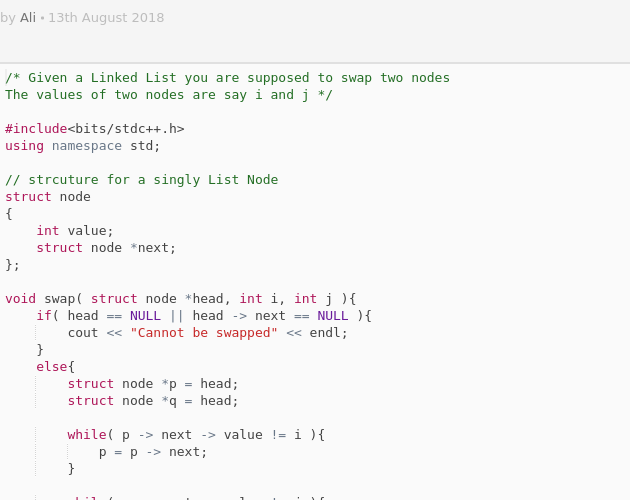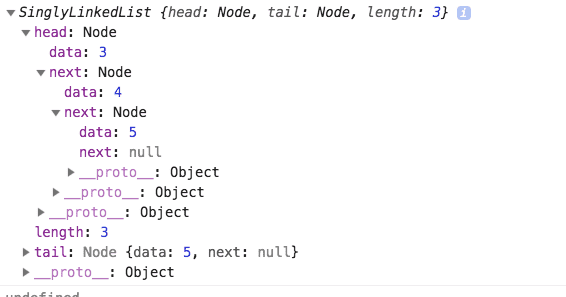


We do not need to mention the size of the stack beforehand. Is there any benefit to implementing a stack as linked list compared to arrays? What should an empty stack look like if implemented with a linked list?

Let us assume that we have used class for linked list The top of the stack should be represented byīecause otherwise, we would not be able to implement the operations of the stack in O(1) time complexity. Which end do you think should represent the top of the stack? ( We need to steer clear of exceptions though.īefore implementing stack with a linked list, let us first try to visualize a stack as a linked list. Peek and isEmpty are quite simple to implement. ▹ Can you think of an exception in this case like the one above of stack being full? Ans: The stack can be empty when the pop operation is called What changes are made to the stack when a new element is pushed? →Now, we need to implement the operations that we generally perform on stacks. ★ You are also required to allocate memory toĪccording to the language you use to implement it. Let us also create a constructor which initializes Let us wrap this group of data members in a We can know the current size of stack by looking at the value of the Of the stack but we don’t need to store the current size. We can throw a stack overflow error if a user tries to exceed this capacity.ĭo we need to store any other parameter for the stack? current size, perhaps? Here, 10 is a pre-defined capacity of the stack. But can we access any element of the stack at any given time?Īnd then access only the element at index We shall be implementing stack in two different ways by changing the underlying container:Īn array is one of the simplest containers offering random access to users based on indexes. You should remember one very important thing though →
PSEUDOCODE LINKED LIST STACK CODE
But can you implement it in your code yet? It's not that difficult once you think about it, let’s walk through its properties and implement them in code. isEmpty() conventionally returns a boolean value: True if size is 0, else False.Īs we’ve learned before, Stack is a very useful concept that a good programmer could use to his/her benefit. To prevent performing operations on an empty stack, the programmer is required to internally maintain the size of the stack which will be updated during push and pop operations accordingly. The stack is not modified in any manner in this operation. Peek operation allows the user to see the element on the top of the stack. We can also choose to return the value of the popped element back, its completely at the choice of the programmer to implement this. Again, since we only have access to the element at the top of the stack, there’s only one element that we can remove. Pop operation refers to the removal of an element. Since there’s only one position at which the new element can be inserted - Top of the stack, the new element is inserted at the top of the stack. Push operation refers to inserting an element in the stack.


 0 kommentar(er)
0 kommentar(er)
